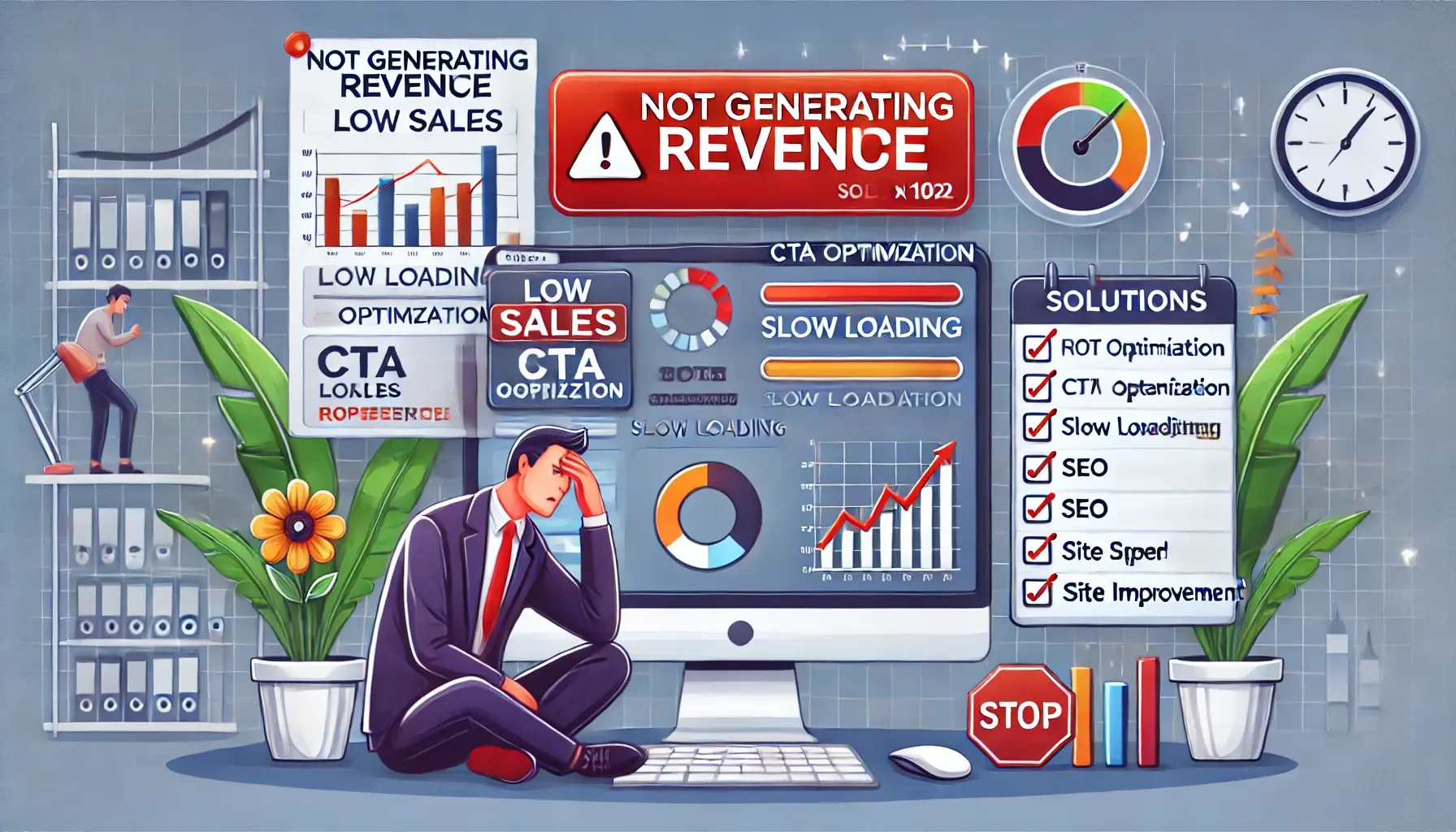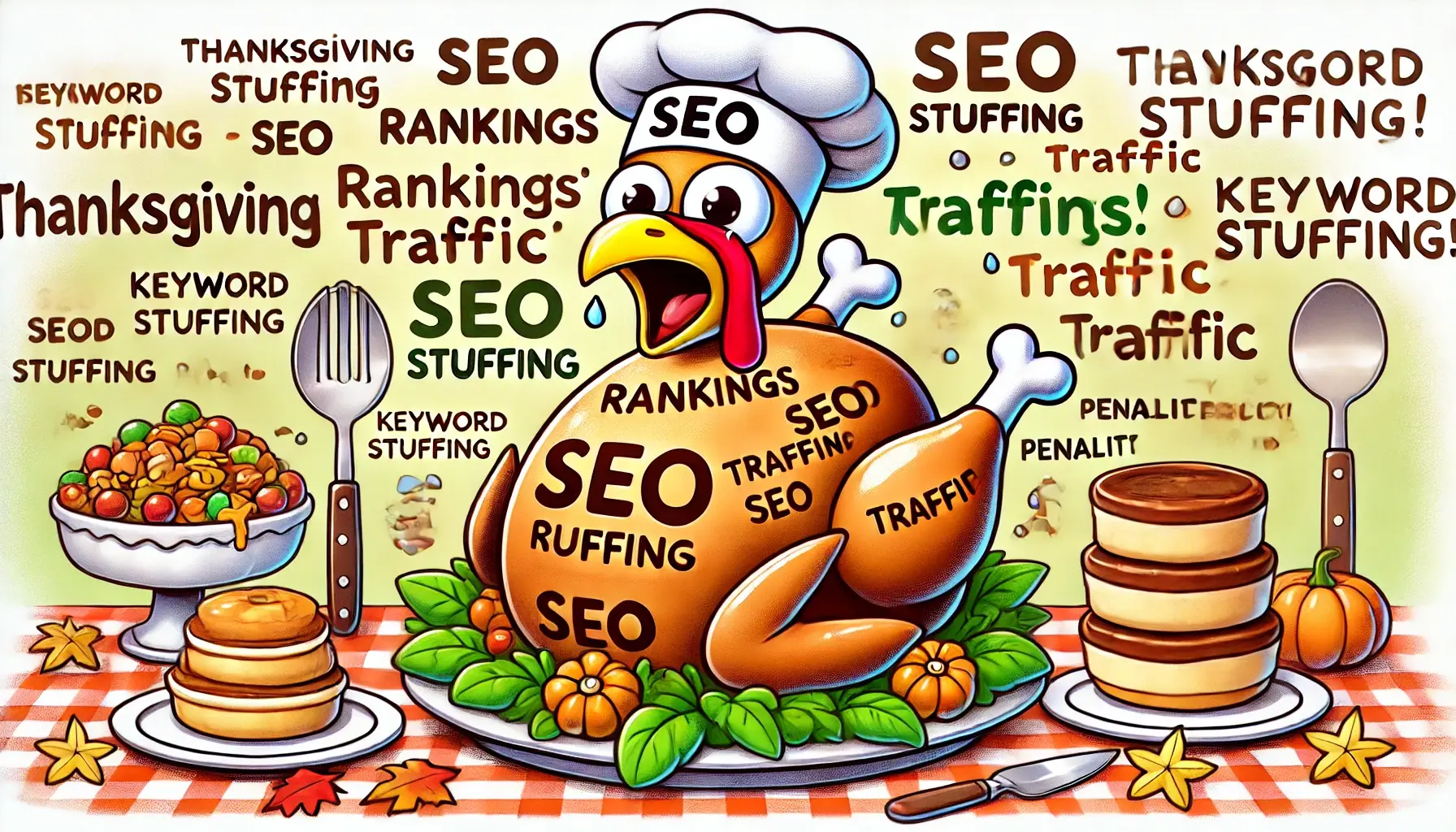
Search engine optimization (SEO) best practices are essential steps to enhance your website's performance and achieve higher rankings in organic search results.
Implementing an effective SEO campaign can significantly impact your business. Higher rankings on search engines lead to increased website traffic, which can result in more conversions and revenue. However, these results are only achievable by adhering to SEO best practices.
This page outlines crucial SEO ranking factors and key best practices for improving your site's ranking on Google. We’ll cover the following topics:
- What are SEO best practices?
- 10 best practices for SEO
- 7 SEO ranking factors
If you’d like to speak to an SEO specialist, please call us at (916) 223-0367, and read on to learn more about SEO best practices!
What are SEO best practices?
SEO best practices are steps or guidelines that can improve your site’s ranking in search engine results pages (SERPs).
10 Best Practices for SEO
These are the essential SEO best practices to follow in order to meet Google’s ranking factors:
- Diagnose page speed issues
- Optimize for user experience (UX)
- Ensure your site is mobile responsive
- Take inventory of your links
- Prune, update, and create new content
- Consider an SSL certificate
- Factor in your website’s age
- Create a sitemap
- Use your keywords strategically
- Consider search intent
1. Diagnose Page Speed Issues
First on our list is identifying any page speed issues on your website. Running Google’s PageSpeed Insights test helps pinpoint specific areas that can improve your site’s load time. Pay attention to areas like compressed images, link redirects, and server issues.
2. Optimize for UX
Google rewards websites that provide an exceptional user experience (UX). This includes ensuring your website’s navigation is intuitive, content is visually engaging, and the overall design is updated.
3. Ensure Your Site is Mobile Responsive
Mobile responsiveness is crucial for ranking in today's mobile-centric environment. Ensure your site displays correctly on all devices by adding responsive tags to images and optimizing call-to-action buttons for mobile users.
4. Take Inventory of Your Links
Links play an important role in Google’s ranking system. Conduct outreach to gain inbound links, ensure your outbound links are high-quality, and maintain a strong internal linking structure to connect your pages.
5. Prune, Update, and Create Content
Regularly update your website content to reflect current information, remove outdated material, and create new content that targets relevant industry keywords.
6. Consider an SSL Certificate
SSL certificates protect sensitive user information and are essential for maintaining a secure website. An SSL certificate also positively impacts your ranking in Google’s search results.
7. Don’t Worry About a Young Website
Newer websites might take time to rank compared to established competitors, but by following best practices and being patient, your website will begin to gain traction over time.
8. Create a Sitemap
Sitemaps help Google index and track your website’s pages. Both HTML and XML sitemaps can be used to ensure your site is well-structured for both users and search engines.
9. Use Your Keywords Strategically
Incorporating target keywords in the body content, title tags, meta descriptions, and URLs is essential for improving your rankings. Make sure your keyword strategy aligns with user search intent.
10. Consider Search Intent
Search intent reflects what users are looking for. Ensure your content provides direct answers to user queries, improving engagement and search engine ranking.
7 SEO Ranking Factors
Let’s now explore the most important SEO ranking factors:
- Page speed
- User experience (UX)
- Mobile responsiveness
- Links
- Content
- Security
- Website age
These factors, combined with following SEO best practices, are critical for improving your rankings. Google uses experience, expertise, and authoritativeness (E-E-A-T) to assess content quality and trustworthiness.
1. Page Speed
Users expect fast load times, and Google uses page speed as a ranking factor. Ensure your site loads quickly to avoid losing traffic.
2. User Experience (UX)
A good UX keeps visitors engaged and reduces bounce rates, both of which are crucial for SEO rankings. Focus on clickthrough rates, bounce rates, and dwell time to improve UX.
3. Mobile Responsiveness
Your site must be mobile-friendly, ensuring that users on smartphones and tablets have a seamless experience.
4. Links
Focus on building authoritative inbound links and creating a strong internal linking structure to improve your SEO performance.
5. Content
High-quality, keyword-optimized content is one of the most important ranking factors. Ensure your content is relevant, well-written, and regularly updated.
6. Security
SSL security signals to Google that your website is safe for users, which can positively affect your ranking.
7. Website Age
Older websites often have an advantage in ranking due to their established authority, but new websites can still rank by following SEO best practices.
If you're feeling overwhelmed, don't worry! Blumoo Creative is a full-service digital marketing agency that can help you with every aspect of your SEO campaign, from page speed optimization to content creation.
Conta






















